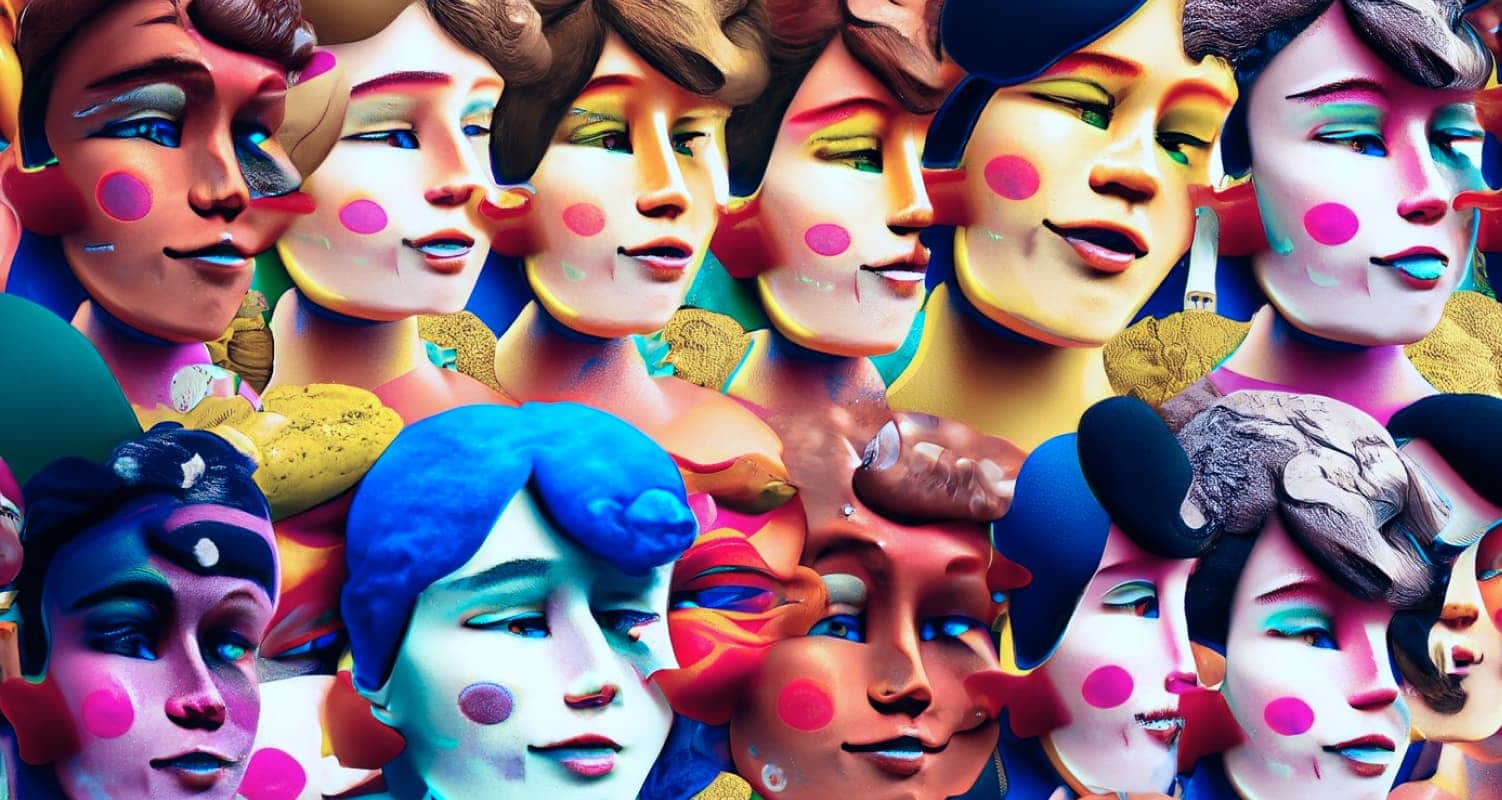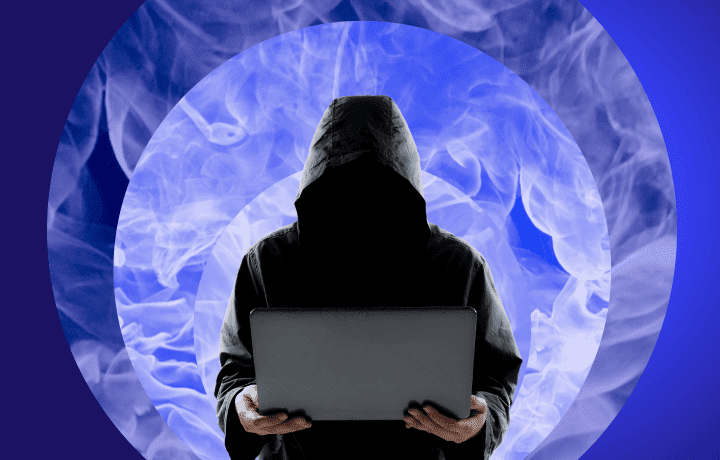
We’re living in an era where technological advancements can blur the lines between reality and fiction. Deepfakes represent a significant milestone in digital content manipulation – and a rising menace in identity fraud prevention. Artificial intelligence (AI) systems are capable of generating convincing fake videos and audio, making it increasingly challenging to distinguish real from synthetic. This poses a problem not just for traditional identity verification methods, but also to the general public who may be fooled into “seeing is believing.” This blog delves into the psychological underpinnings of why deepfakes are so compelling and why we often fall for them.
Understanding deepfakes
Deepfakes, a portmanteau of "deep learning" and "fake," leverage powerful AI algorithms to create hyper-realistic but entirely fabricated images and sounds. They have become increasingly sophisticated, leading to a growing concern over their potential misuse in various domains, including politics, entertainment, and business.
These sophisticated techniques allow criminals to replace one person's face onto another's body or alter their facial expressions, voice, or gestures. The result is highly realistic, fabricated content that can be difficult to distinguish from genuine recordings or images.
The overconfidence effect
One of the primary reasons we fall for deepfakes lies in our overestimation of our ability to detect them. A study by the Center for Humans and Machines and CREED at the University of Amsterdam found a significant disparity between people's confidence in their deepfake detection abilities and their actual proficiency. Participants demonstrated high confidence but scored much lower in accurately identifying deepfakes. This overconfidence, persisting even in the face of financial incentives for accurate detection, suggests a cognitive disconnect between our perceived and actual capabilities.
Manipulating perceptions and emotions
Deepfakes have the power to manipulate our perceptions and emotions significantly. Research shows that deepfake videos can influence our perceptions of individuals, irrespective of our awareness of deepfakes or ability to detect them. These manipulations can be as impactful as those established by genuine online content, profoundly affecting public opinion and personal attitudes. This extends to auditory deepfakes as well, where synthetic replicas of voices can alter our perceptions and beliefs.
The challenge of discerning truth
The advancement in deepfake technology complicates discerning truth from falsehood. As the technology becomes more accessible and sophisticated, the challenge of verifying the authenticity of audio and video content intensifies. This issue is particularly pertinent in politics, where deepfakes can be used to fabricate statements or actions, potentially influencing public opinion and election outcomes. The concern extends to the potential for such technology to enable individuals and entities to dismiss genuine content as fabricated, further muddying the waters of truth.
Psychological vulnerabilities
Deepfakes exploit several psychological vulnerabilities. Humans have a natural tendency to trust what they see and hear, and deepfakes leverage this by creating highly realistic content. Moreover, cognitive biases such as confirmation bias — where we are more likely to believe information that confirms our pre-existing beliefs — make us susceptible to deepfakes that align with our viewpoints.
The societal implications
The proliferation of deepfakes raises significant societal concerns. They represent a powerful tool for misinformation and have the potential to undermine trust in media and institutions. The ability of deepfakes to fabricate reality can lead to confusion, skepticism, and a general erosion of trust in audiovisual content as a source of information.
The challenge deepfakes pose to identity verification
Deepfakes pose a unique and significant challenge to the field of identity verification. As these AI-generated fake videos and audio clips become more sophisticated, they threaten the reliability of basic digital identity verification methods. Fraudsters can create deepfakes and try to fool or bypass verification methods. Our latest research shows that biometric fraud is on the rise:the 2023 average biometric fraud rate (1.31%) is 2x what it was in 2022 (0.68%)
The growing sophistication of deepfakes means that simply relying on visual or auditory confirmation is no longer sufficient. This is particularly concerning in areas like banking, online services, and secure communications, where verifying the identity of an individual is critical. The risk extends to social media and news platforms, where deepfakes could be used to spread misinformation or impersonate individuals for malicious purposes.
Combatting the deepfake fraud challenge
To address the challenge of deepfakes in identity verification, there is a need for more advanced, AI-powered verification methods. Businesses must use advanced biometric verification that includes facial recognition, capable of detecting subtle anomalies and patterns that differentiate authentic human traits from AI-generated fakes. It’s a battle of AI vs AI, and the strongest machine learning models for fraud detection are extensively trained on real and synthetic fraud examples and data sets.
Onfido offers cutting edge biometric verification and deepfake detection to protect businesses against fraud, by staying ahead of the fraud threat with constantly evolving AI. Our new Fraud Lab uses real-world data and in-house created synthetic samples to identify fraud patterns and trends, effectively training AI models to deliver fraud countermeasures.
As deepfake technology continues to evolve, understanding the psychological factors that make us susceptible to these fakes is crucial. Overconfidence in detection, the manipulative power of deepfakes, and the challenges in discerning truth are central to why we often fall for them. By acknowledging these vulnerabilities and taking proactive measures with advanced fraud detection technology, we can better prepare ourselves to navigate this emerging landscape of synthetic reality.
Take a deeper dive into deepfakes and the latest identity fraud insights — including how deepfakes fraud has risen 31x in the past year — in our Identity Fraud Insights report.






